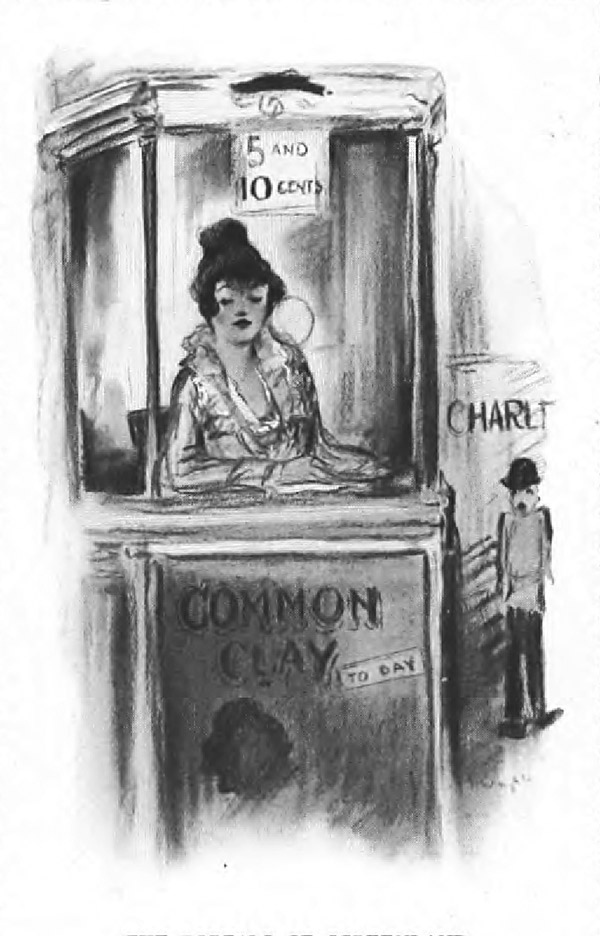From “Hollywood on the Line,” which appeared in the January 1984 issue of Harper’s Magazine. The complete article—along with the magazine’s entire 173-year archive—is available online at harpers.org/archive.
Union politics as practiced by the Screen Actors Guild can look to the baffled outsider like a sitcom headed for cancellation. But that’s what we expect from Hollywood. More surprising is that SAG’s recent history since the 1980 actors’ strike reflects tensions that run throughout the labor movement. So the question suggested by the past three years of SAG headlines is a practical one: What’s in a union?
It was never going to be easy, making a union of actors. SAG is a union 85 percent of whose members are unemployed on any given day. Four fifths earn less than $5,000 annually from their acting, and many don’t earn much more from other pursuits; more than a quarter of Los Angeles and New York members live below the poverty line. Actors, then, have rarely been able to make a living just as actors, and before SAG was founded in 1933, they worked days that made Hitchcock’s apocryphal remark that actors are cattle sound close to the truth.
Then they organized a union, one that challenged the big-daddy authority of movie moguls. And they won excellent wages and working conditions—for members of the studio family. Now that family is falling apart. “The whole system went from total control by eight studios to complete fragmentation,” lamented one labor attorney. But David McClintick, author of Indecent Exposure: A True Story of Hollywood and Wall Street, finds the roller-coaster financial world of the New Hollywood still very similar to moguldom. These two perspectives might have been incompatible, were it not for fragmentation’s going hand-in-hand with conglomeration in ownership: the process whereby the studios are absorbed into huge corporate sponges like Gulf + Western.

Yet as the studio world dissolved, the actors’ union grew. Now a Los Angeles crowd that had been synonymous with the guild was outnumbered. The old guild had mirrored the old studio: stars ran the show, in a starstruck system in which a grievance could bring movie production to a halt. But soon the idea of a union in the mold of the UAW crept its way in. The movie actor became SAG’s “old guard,” with actors who might work their whole lives without a single film credit making for the new. And this new guild adopted measures foreign to the old set, among them making SAG membership contingent on signing a loyalty oath (with, of course, no communists allowed).
Still, it remained to be seen whether the new model would do, now that a movie didn’t make it on the basis of long lines at theaters. Box office these days accounts for only some 59 percent of a film’s profits. The rest comes from a complex combination of cassette, cable, and direct-broadcast satellite services beamed into private homes. No one seems to know exactly how to measure the profit potential of these new technologies, or even who the major players are from week to week, but actors have to try to keep their putative profits from disappearing through the holes in their old-fashioned contracts. What, for instance, is a screen actors’ union supposed to do about the new Tri-Star Pictures, in which cable programmer Home Box Office, film studio Columbia Pictures, and TV network CBS, all subsidiaries of other companies, are producing and distributing films together?
What’s in a union? In the Thirties, leftists had pushed the guild to take a stand on such issues as the Spanish Civil War. In the McCarthy era, the guild made itself a handmaiden to the House Un-American Activities Committee. But this time, the bottom line might not be decided by partisan politics. The lesson of the 1980 strike for some members of SAG was that traditional union tactics won’t do. “SAG mounted the most successful strike this town has ever seen,” said the guild’s director of information, “and at some level it didn’t matter. . . . Dealing with conglomerates changes the rules.” The producers, on the other hand, hadn’t lost much; film studios’ losses were buffered by other branches of their parent companies. Networks, meanwhile, found that they could always collect sizable ad revenues—by airing reruns.


